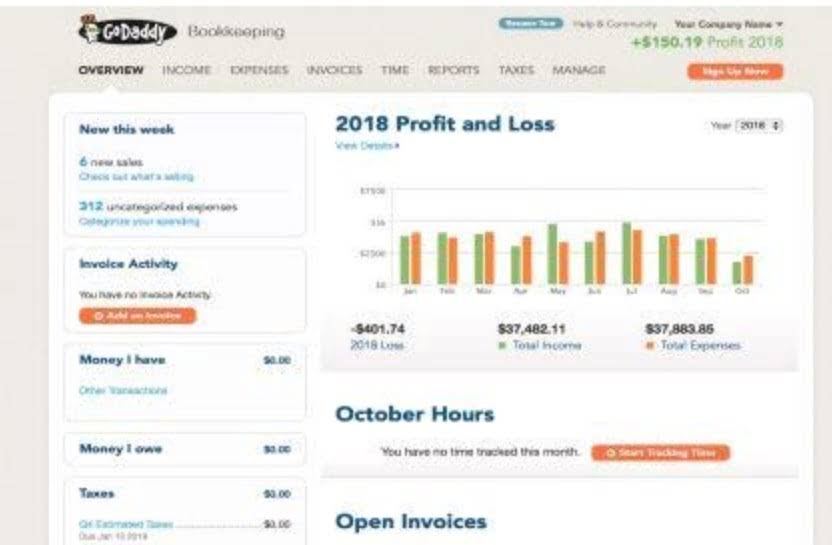
The present value of these future costs is recorded as a liability on the balance sheet, with a corresponding increase in the carrying amount of the related asset. Over time, the liability is accreted, or increased, to reflect the passage of time, while the capitalized cost is depreciated over the useful life of the asset. Revenue recognition in the oil and gas industry is a complex process influenced by various factors, including the nature of contracts, the timing of delivery, and market conditions. The industry often deals with long-term contracts, which can span contribution margin several years and involve multiple performance obligations. These contracts require careful analysis to determine when and how revenue should be recognized. The Financial Accounting Standards Board (FASB) and the International Financial Reporting Standards (IFRS) provide guidelines to ensure consistency and transparency in revenue reporting.
- The industry often deals with long-term contracts, which can complicate the timing and measurement of revenue.
- We collaborate with clients and their existing teams to identify the most efficient and cost-effective solutions, whether through full or partial outsourcing.
- Over time, the liability is accreted, or increased, to reflect the passage of time, while the capitalized cost is depreciated over the useful life of the asset.
- So let’s say that a company has 12,000 billion cubic feet (12,000 Bcf) of natural gas in its reserves and produces 500 billion cubic feet (500 Bcf) annually.
- Revenue recognition in oil and gas accounting can be complex due to factors such as production-sharing agreements, joint ventures, and royalty payments.
- All oil and gas companies are expected to stay current with the latest accounting standards to ensure compliance with U.S.
Oil and gas companies: 2020 Q2 accounting, financial reporting, and regulatory developments
For E&P companies, there’s an alternate intrinsic valuation methodology called the Net Asset Value (NAV) model that often gives more accurate results. You do still see DCFs sometimes, but they are more common for midstream, downstream, and oilfield services companies. So you might create a “low” scenario where oil prices are, say, $40 per barrel, a “middle” scenario where oil prices are $70 per barrel, and a “high” scenario where oil prices are $100 per barrel. The good news is that while bank and insurance modeling is almost a different game entirely, oil & gas modeling is more like a variation on a game you’re already familiar with. The FASB and IASB are nearing the end of their journey toward enhancing lease accounting.
Oil and gas accounting: Frequently asked questions from the industry
Depletion specifically pertains to the allocation of the cost of natural resources, such as oil and gas reserves, over their productive life. This is typically calculated using the unit-of-production method, which allocates costs based on the proportion of reserves extracted during a period relative to the total estimated reserves. Depletion, depreciation, and amortization (DD&A) are critical components of financial accounting in the oil and gas industry, reflecting the gradual consumption of capital assets over time. Depletion pertains specifically to the reduction in the value of natural resources as they are extracted, while depreciation and amortization apply to tangible and intangible assets, respectively. Accurate DD&A accounting for oil and gas companies calculations are essential for providing a realistic view of a company’s financial health and asset value.

Exploration and Development Costs

A merger model is a merger model is a merger model no matter how the company earns revenue, so nothing changes the fact that you need to combine all 3 statements, allocate the purchase price, and factor in synergies, acquisition effects, and so on. The good news is that most of the same valuation methodologies you’re used to seeing – public comps, precedent transactions, and even the DCF model – still apply to (most) oil, gas & mining companies. To get a sense of what the financial statements look like for a real company, click here to check out XTO Energy’s statements from just before they were acquired by Exxon Mobil. Financial statements are prepared under the assumption that the entity will continue to operate for the foreseeable future. Information is considered material if its omission or misstatement could influence the economic decisions of users.
Asset Retirement Obligations (AROs) represent a significant aspect of financial planning and reporting in the oil and gas industry. These obligations arise from the legal and regulatory requirements to dismantle and remove infrastructure, such as wells, pipelines, and production facilities, once they are no longer in use. The process involves not only the physical removal of assets but also the restoration of the site to its original condition, which can be both time-consuming and costly.

The historical cost principle emphasizes reliability and verifiability in financial reporting. Our collaborative approach takes the time to understand your unique business needs and contextualize how they could be impacted by the industry as a whole. Companies may have changes to their processes and internal controls as they adapt to the new conditions necessitated by COVID-19, such as working remote, personnel losses, and other constraints. Management and audit committees should consider the disclosure requirements related to the establishment of new controls, redesigning of controls and processes. Typically, there is a correlation between the amount of G&A spent and the amount of attainable detail. Luckily, the industry is doing a great job of utilizing technology to eliminate tedious, non-value-added tasks.
Financial Reporting Standards
- The specific terms of the profit oil split can be influenced by various factors, including the level of risk assumed by the contractor, the geological characteristics of the field, and the prevailing economic conditions.
- The industry often deals with long-term contracts, which can span several years and involve multiple performance obligations.
- For example, if the company has undeveloped land or if it has midstream or downstream operations, you might estimate the value of those based on an EBITDA multiple (or $ per acre for land) and add them in.
- We’re here to serve as an extension of your business and address all your accounting needs.
- PwC US Energy practice provides audit and assurance, tax, advisory, and consulting services to help energy businesses address key issues.
- He is Managing Director of Singh Oil & Gas Consultants which is a specialist consultancy providing audit services to the oil and gas industry.
One of the primary objectives of leases project is to address the current-off-balance-sheet financing concerns related to a lessee’s operating leases. This section of the article guides readers through the key provisions of the new standard. Assets are generally recorded at their original cost, which is the amount paid to acquire them.
If you hold mineral rights, our team is equipped to handle all of the details involved with managing your oil, gas and coal assets. In May 2020, the SEC adopted amendments to the required financial disclosures about acquired and disposed businesses. The amendments will be effective on Jan. 1, 2021, but early voluntary compliance is permitted.